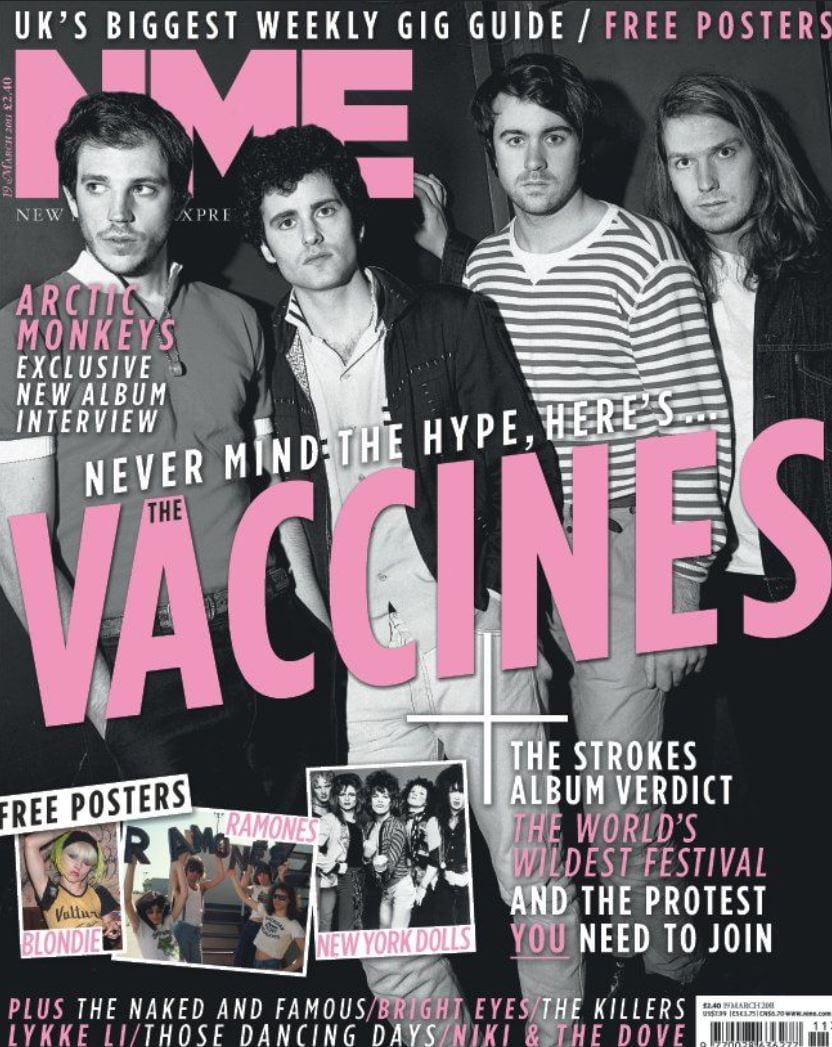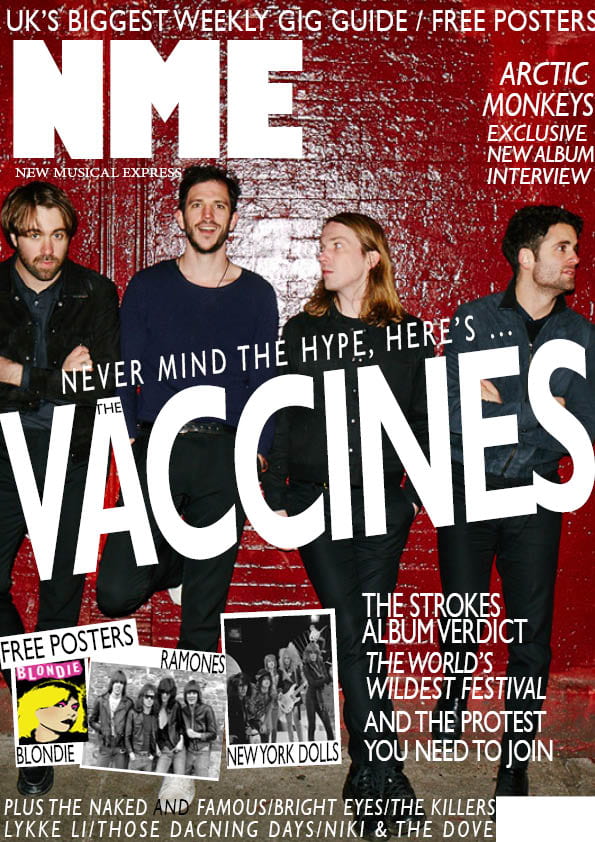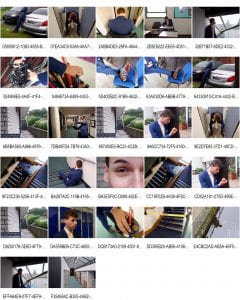Mood-board
For our mood-board, our group was given the genre of rap, for this task we had to find images that represented the most common conventions found in rap music. These included things like bling, oversized clothes, and a large amount of accessories. We then found connotations of the images to find attritbutes such as Intimidating and carefree. This would help us with the next part of the task.
This mood-board helped us when we were creating our mise-en-scene as it would give us the idea for the C.L.A.M.P.S (Costume, Lighting, Actor, Makeup, Props, Setting) we would use. We then dressed up in the appropriate clothing that would create the right mise-en-scene and create the image of what we decided was a rapper, we tried to give of the effect of intimidation and care-free feel.
After dressing up our model, post-it notes were placed on the model to describe the mise-en-scene and how they compare to the music genre we were given, these were words like rebellious and wealthy.
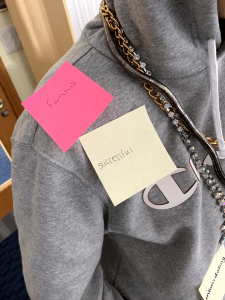

This tasked has helped me as it will be able to be used when creating our magazine cover in the future, as I will need to research what works and what the audience would want to see for it to be appealing, it also will help in decision making for ours designs as we would have to choose what the most ideal CLAMPS would be for the front cover of the magazine.
Here are the final photos below.

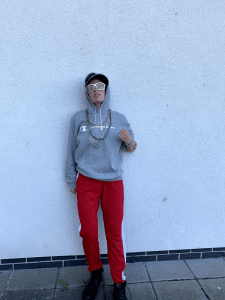

This whole process, the moodboarding, finding connotations and the photoshoot will all be able to be used when creating my own music magazine, as I will have to take several photoshoots, all with different feeling and attitudes deriving from them. This means I will have to think about every aspect of my magazine photos, and choose everything for a specific reason, in order to create the correct mise-en-scene for my magazine. The audience feedback has also assisted me as it has told me that we created the correct mise-en-scene, because the audience could find the correct denotations as-well as connotations from the model.


